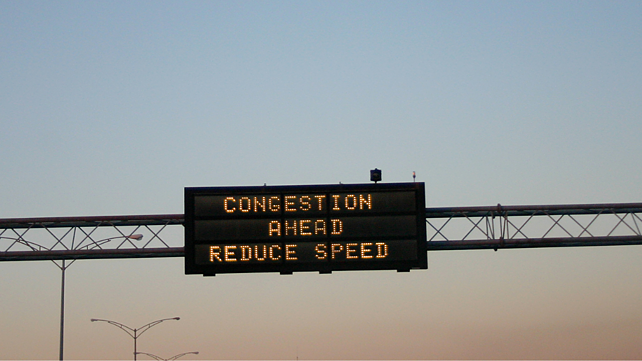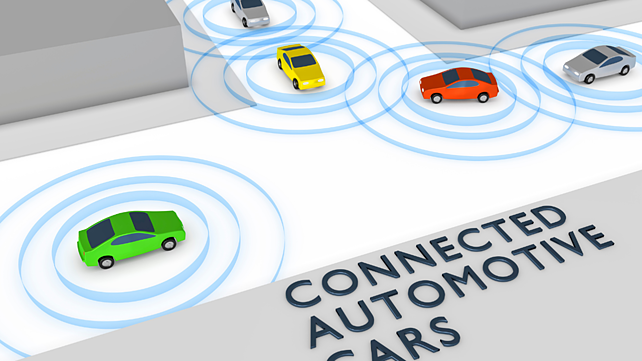
The fact that the future will bring significant changes to the automotive business – products, processes or the way businesses are conducted – and how we commute, is fairly clear. The outbreak of COVID-19 has brought about certain changes to the transformation already taking place in the mobility sector, and that is sure to continue.
The transformations that we’ve witnessed in the global mobility industry will see some clear winners, while many others might just fall out of the way. Many of the future winners may not be conventional players in the automotive domain, as technology companies and innovative start-ups continue to disrupt the mobility sector.
A quick look at some of the provisions of the FAME II scheme offers a clear picture in terms of how India is approaching the future. The emphasis on electrification of public transport that includes shared transport, and the proposal to support setting-up of 2,700 charging stations across metros, other million-plus cities, smart cities and cities of hilly states across India, should help the entire mobility sector get out of the quagmire it finds itself in today. If not entirely, this should help create the necessary ecosystem for e-mobility to take-off in the country.
E-mobility, nonetheless, is only one facet of future mobility. The world looks at the megatrends of connected, autonomous, shared and digitalisation as the other key determinants of how people and goods will be moved in times to come. With India’s unique challenges, the country must continue to focus on maintaining affordability, increasing the safety quotient in products, work towards a cleaner & greener environment and build solutions to bring down congestion in urban areas.
Rapid Urbanisation
About 68 % of the world population is expected to live in urban areas by 2050, and India is expected to add the largest number of urban dwellers by that period. A United Nations estimate a couple of years back projected Delhi to become the most populous city in the world around 2028. The choices, clearly, are getting limited. Densely populated megacities will set limits on car ownership, and in the process, give rise to disruptions that will define mobility solutions of the future.

Talking of transformation, it is fairly apparent now that the future of mobility – particularly in urban areas – will be multimodal. Use of public transportation and shared mobility solutions may have taken a hit owing to the pandemic, but none can deny its long-term promise. Multimodality, in particular, is a significant opportunity that the industry as well as the country must take seriously. In a country as large, diverse and populous as India, multimodal transportation promises to be an effective, practical solution – from an economic as well as technology perspectives – both to mobilise people and goods.
Multimodality will also be aided by the progress in on-demand transportation – an area that continues to evolve at a steady pace in India. As consumers continue to make alterations and adjustments to the way they view mobility, cities must also germinate new ideas and help multimodality thrive. There must be equal opportunities for both the public and private sectors to get involved, and succeed. Shared mobility must complement public transportation by addressing the first and last mile connectivity problem.
Changes Galore
The industry delivered BS 6 compliance in record time, and the switch to electrified mobility has picked up good speed. While there are many concerns yet to be addressed at various levels, the excitement is palpable, especially with the industry committing itself to deliver on the EV promise. Zero emissions might still be a distant dream, but the Indian industry is making great progress – faster than many nations worldwide. There is acceptance of the fact that there won’t be one solution to the climate and congestion conundrum the country faces today, and the industry is prepared to tackle them with elan.
Vehicle makers are weighing options to address the switch from an ownership-driven model to a usership model; suppliers are looking beyond their traditional customer base of vehicle makers to offer solutions for cities; technology companies such as Google, Apple, Microsoft or IBM are making significant investments to address future mobility needs driven by data; young companies led by young minds, are offering innovative answers to mobility problems of the past; and civic authorities around the world are redrawing city landscapes to accommodate future-ready transportation solutions.

Cities, in particular, are an interesting subject of study today. Autonomous vehicles promise to make individual mobility a lot safer and to a great extent, more comfortable. They will allow different mobility concepts to develop, say experts, especially in urban areas.
For that to happen, cities will also need to be redeveloped and reoriented. For all these years, cities have mostly been built with a larger focus on motorised vehicles, without much focus on walkways and cycle tracks. With urban population on a steady rise, traffic conditions are getting worse and congestion is making cities unliveable. In that context, many cities are adopting policies to discourage the use of personalised vehicles. There seems to be a clear trend towards incentivising mass transportation in many western cities.
In the Indian context too, there is focus on developing an efficient urban mobility and public transport network, using smart parking, intelligent traffic management and integrated multimodal transport as the key enablers. These are expected to help India deal with the serious problems of deteriorating air quality, severe congestion and increasing number of road accidents.